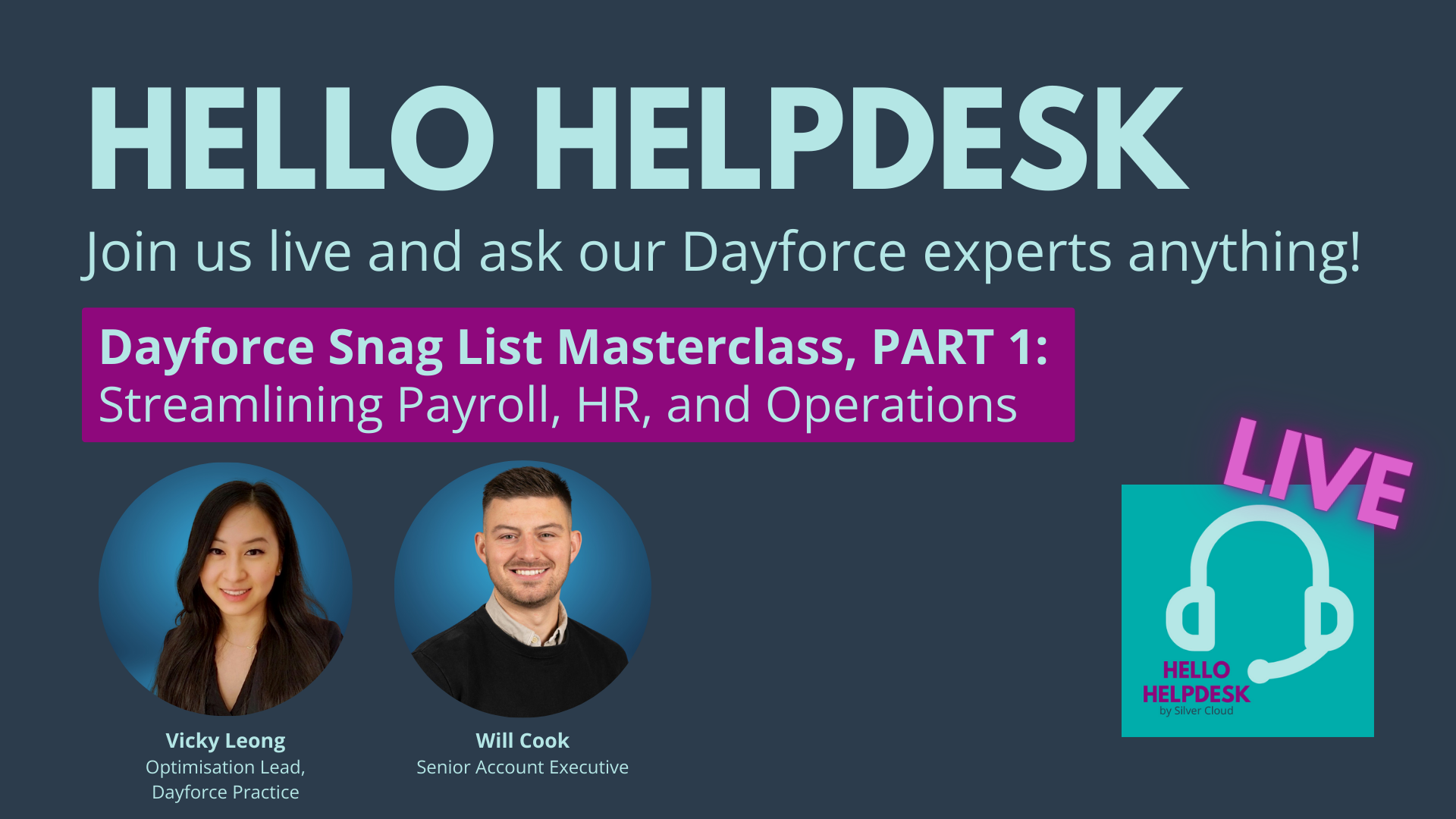Is it possible to get an HR system that does everything?
by Silver Cloud

When it comes to vendor selection, there are never any simple answers, yet one common question is whether or not it’s possible to get a system that does ‘everything’.
HRIS solutions are either considered to be unified (integrated) or best of breed. Either may be more appropriate for your organisation, but the choice will ultimately come down to your current requirements, organisational complexity, location and short/medium terms goals.
Both are explained below.
Unified HRIS Solutions
A “Unified” HRIS solution strategy is one involving an end-to-end suite designed to manage the entire life cycle of an employee within one integrated system. This does not mean that a unified system approach won’t have any additional system touch points (e.g. benefits providers or job boards), but collectively speaking, it is a single system of record for all needs on one platform.
To provide some context, a vendor that offers a “unified” solution will likely include at least the following major functional capabilities:
- HCM
- Payroll
- Talent management
- Performance management
- Time management.
An example of vendors offering a unified solution include: Ceridian, XCD, Workday, Oracle, SAP, CoreHR, Access People
Best of Breed HRIS Solutions
A ‘Best-of-Breed’ strategy is to acquire and deploy systems offering the best possible capabilities in a specific HCM functional area (e.g. HR, payroll, recruiting, performance, onboarding, etc.) requiring an integration plan to ’bolt together’ each of these point solutions.
Best-of-breed vendors typically offer much greater functional capabilities addressing specific business processes vs. any unified solution. The most common “Best-of-Breed” HCM vendor solutions include: ATS (Applicant Tracking System), LMS (Learning Management System), Compensation Management, Expense Management.
For further explanation of best-of-breed vs integration solutions, watch our video, created by Silver Cloud’s CEO Helen, who explains a little more about the pros and cons of each approach.



